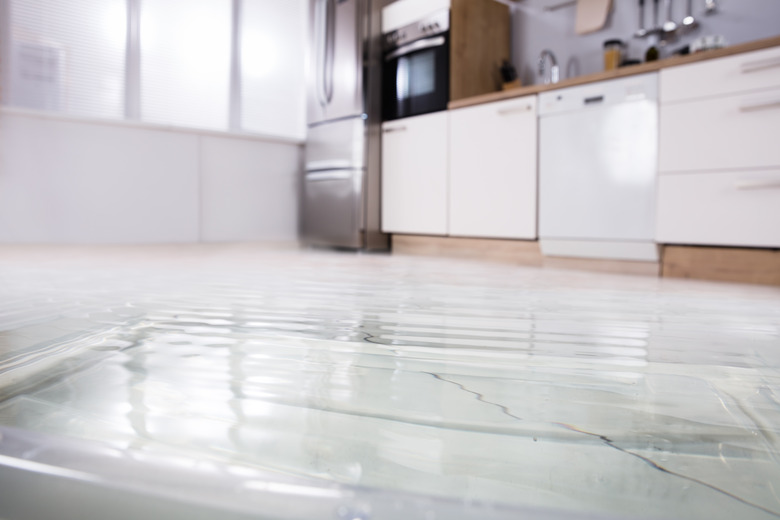How Does Water Enter A Sump Pit?
Many homes across the country have sump pumps installed in their crawl spaces or basements. They're imperative for homes built in areas where there are high water tables or where basement flooding is common. Sump pumps are typically installed in the lowest part of the home and keep that area dry by pumping water away from the area through another drain.
Sump Pump Basics
Sump Pump Basics
Sump pumps are a solution to a frequently flooding basement. They can also be used to solve any dampness that comes with a basement located below the water table. Water will enter the sump pump system through the sump pit. From there, it's fed into the sump pump where the water will be pumped out to an area where it won't cause any damage to the home.
Running a Sump Pump
Running a Sump Pump
Optimally, a sump pump should only run when there's a water issue. This means that in the case of melting ice and snow or heavy rain, you should turn it on. Remember that the pump is meant to turn on when the water in the pit rises above a certain level. The pump knows when this happens the same way a toilet knows when to stop filling. Both operate using a float. Because of this, the pump runs every time the float moves to a specific level. If you notice your pump running constantly, even when there's no water to push out, a broken float could be responsible.
Sump Pump Water
Sump Pump Water
Water always travels the path of least resistance. This means that it's common for water that soaks deep into the soil from heavy rain to migrate its way through the soil and your cement foundation. Water can also come up from the soil if the area has high water tables. If you have rising water tables and notice a damp basement, your best course of action would be to install a sump pump.
The water that's pumped away from your home can enter the system through various channels. The sump pump will either be installed as a perimeter drain, in the case of a high water table, or it will be fed by gravity because of rainfall.
How Sump Pits Work
How Sump Pits Work
Sump pumps are typically installed within a sump pit. This sump basin is an area where water collects to be pumped away by the sump pump. These pits are controlled systems and can be built in a few different styles, depending on the home's needs.
One of the more common methods for sump pits is called a drain tile. These perforated tiles are placed horizontally below the ground. The slope of the drain tiles ensures that water will collect where you need it to. These tiles are most commonly found around the foundation of a house but don't necessarily have to be located there.
Another common method of sump pit is made from 16- or 18-inch PVC pipe. These pipes are placed vertically and encased, typically in cement. Types of gravel or crushed rocks can also be used to cover the pipe. Because the pipe is perforated, covering it ensures that soil won't enter the sump pump system. Water getting into the pump itself can cause mechanical failures and damage your system.
Sump pits collect water to feed it into the pump, typically by means of gravity. This means that some water will always be in the sump pit. Depending on the pit, there are different thresholds of how high the water will sit. Once the water gets above that level, the pump will turn on and clear out the water before it soaks the basement.
Surface Drains to Prevent Damage
Surface Drains to Prevent Damage
Surface drains can also be used if surface water is an issue. If there's water in the basement, it will naturally drain into a low place in the floor. This sort of system does prevent major water damage, such as mold or mildew. It doesn't prevent dampness, however. If you want your area to be bone dry, you'll need to use another system.
